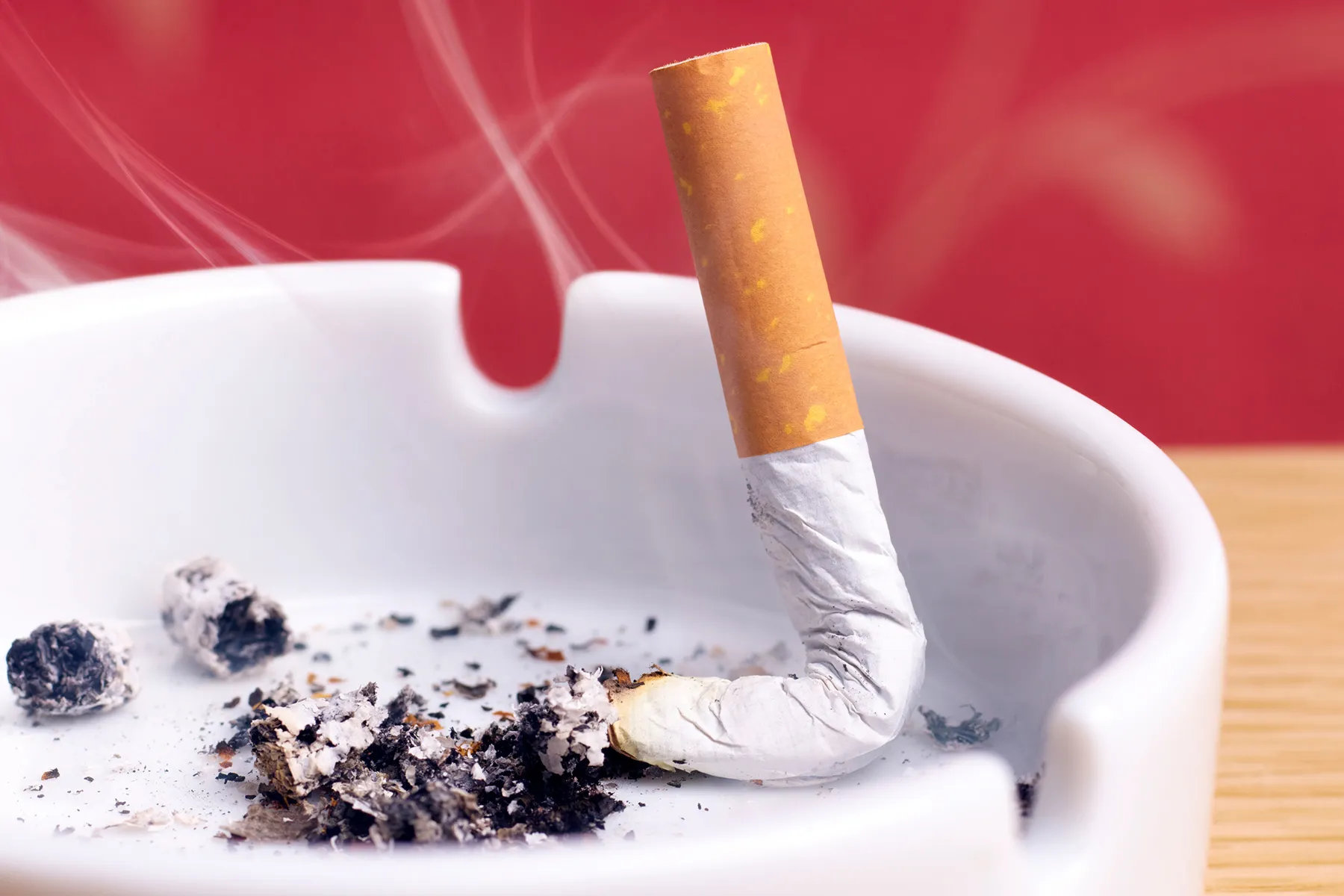Treating and Managing Mild COPD

United States
Breaking News:
Washington DC
Monday, May 20, 2024


Chronic obstructive pulmonary disease (COPD) can be easy to miss when it starts. That’s because you might not have any symptoms. But over time, you may start to cough a lot or feel short of breath when you’re active. Mild COPD might not seem like a big deal. But it’s important to act early.
“If we think about overall management goals, we’re trying to both minimize symptoms but also prevent disease progression,” says Carolyn Rochester, MD, medical director of the Yale COPD Program. “This is of particular importance for people with mild COPD.”
There’s no cure, but lifestyle changes and treatments can help you manage your COPD. Here’s what you need to know.
Yes. Experts agree it’s the best thing you can do to keep your COPD from getting worse. If you don’t have symptoms, it might be the only kind of treatment you’ll need.
“Smoking cessation is essential and should be addressed at every health care visit for people who are continued smokers,” Rochester says.
Quitting smoking doesn’t just protect your lungs, it helps your medication work better.
“When people are actively smoking or have active smoke exposure, they are inhaling irritants that may be countering the effects of their inhaled pharmacotherapies,” Rochester says.
Here are some of her tips on types of firsthand or secondhand smoke to avoid:
There’s ongoing research into the long-term health effects of electronic cigarettes, or e-cigarettes. But researchers agree they’re not good for your lungs. And while vaping may be less harmful than cigarette smoking, it can still worsen your COPD symptoms.
Rochester recommends a symptom-based approach for mild COPD. That often includes a bronchodilator. These are drugs, usually inhalers, that relax the muscles around your airways.
You may need the following:
Short-acting bronchodilator. Also called a “rescue” inhaler, this can ease shortness of breath really fast. The effects last 4 to 6 hours. You can use it after a flare-up. Or take a couple of puffs before certain activities that you know will cause symptoms. For example, you might only need to use your inhaler before you climb the three flights of stairs to your apartment every day, Rochester says.
Long-acting bronchodilators. This is a better choice if you reach for your rescue inhaler a lot. You’ll use it daily to prevent flare-ups. They’re used in a scheduled way “in the same way you’d take a blood pressure medication,” says Benjamin Seides, MD, medical director of interventional pulmonology at Northwestern Medicine Central DuPage Hospital. “You don’t wait to have some kind of symptoms.”
A bronchodilator can control mild COPD pretty well. It may be the only drug you need to stay active and breathe easier. Tell your doctor if your symptoms aren’t getting better. They can help you find another treatment that works better.
It can be hard to exercise when you have COPD. But Rochester says physical inactivity is linked to worse lung function over time, along with more hospitalizations and “exacerbations.” The less physical activity you do, the weaker your muscles get. When that happens, “people get shortness of breath with lower and lower levels of activity,” she says.
Regular physical activity is good for your overall health. But if you have COPD, stronger muscles and better exercise capacity puts less demand on your entire respiratory system. As a result, physical “conditioning” helps you do more activity with less shortness of breath, Rochester says.
If possible, aim for at least 150 minutes of moderate physical activity a week. Add in 2 days of strength training. Talk to your doctor if you have trouble exercising or you want to start a new routine. They can refer you to a respiratory or physical therapist who works with people who have COPD.
If you have COPD, you can get really sick from a lung infection. Vaccines are a safe and effective way to ward off certain respiratory illnesses that’ll cause big problems.
Ask your doctor which shots are right for you. Some important ones include:
Stay away from anything that bothers your airways. You probably know to avoid cats or dogs if you have an allergy. But here are some other triggers Rochester says can worsen your symptoms:
Wear a mask or other personal protective equipment (PPE) if you can’t avoid environmental irritants, Seides says.
If something does cause a flare-up, you’ll want to get it under control early. Exacerbations don’t just cause a worsening of your symptoms. They’re linked to a decline in lung function, worse quality of life, more trips to the hospital, and even death, Rochester says.
Bring it up if your symptoms get worse. Your doctor can take a closer look at what’s going on. Certain health conditions can mimic COPD, Rochester says. Some examples include:
And tell your doctor if you catch a cold or think you have a respiratory infection. If you have COPD, those kinds of illnesses can make your symptoms a lot worse. You may need extra medicine to get better.